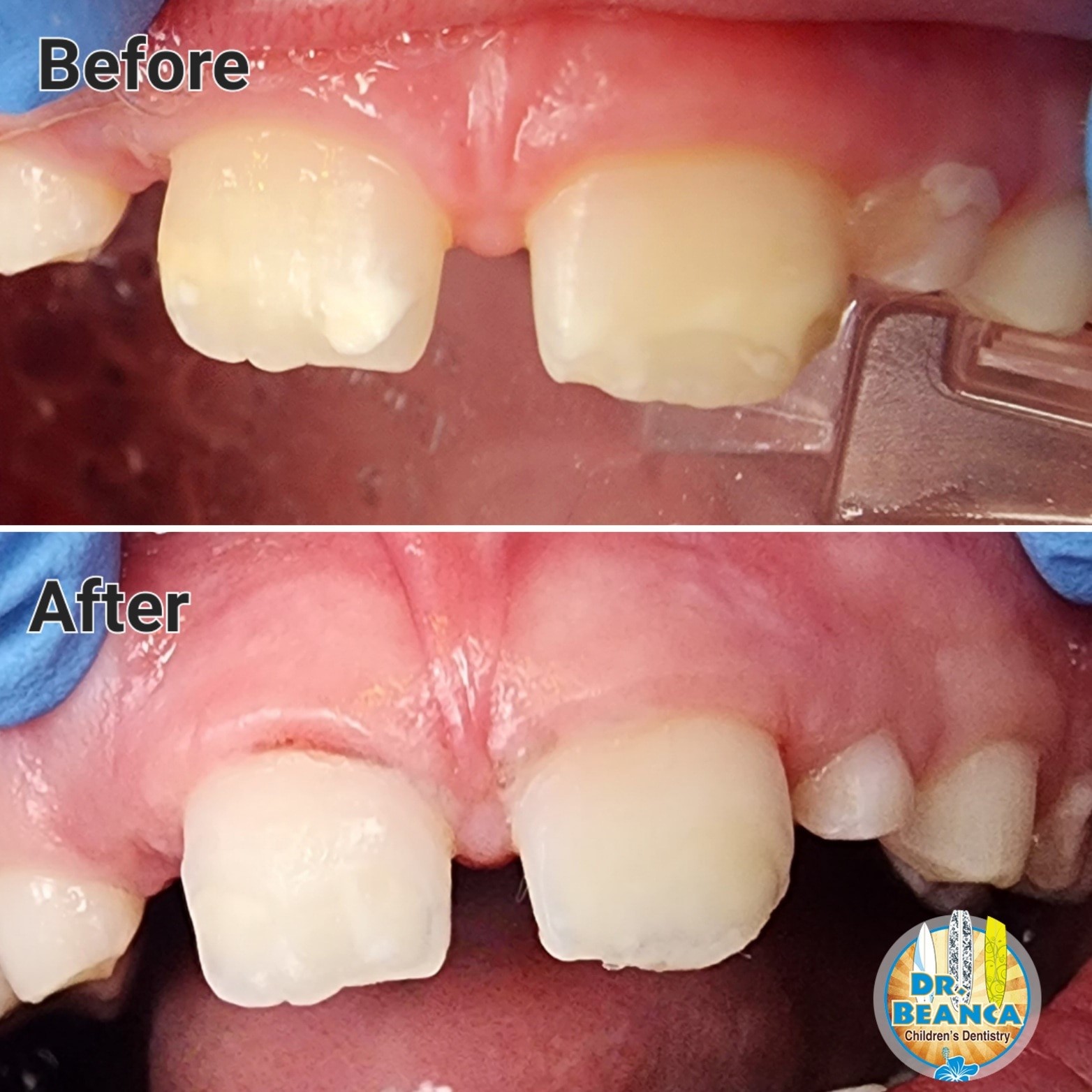Congenital Enamel Defects are less than perfect white or brown spots on teeth which could affect your smile. Dr Chu is proud to offer ICON treatment, an innovative and painless way to erase those lesions without the need of drilling. The ICON treatment is not a cure for congenital enamel defects. However, it can significantly improve the appearance of teeth with white spots and pits. The treatment can also help to protect the teeth from decay.

If you have any concerns about congenital enamel defects, it is important to see a dentist. They can assess the severity of the defect and recommend the best course of treatment.